Tag: Fire
-
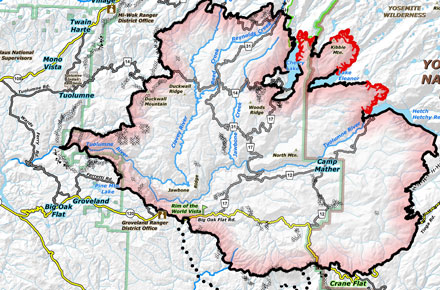
How The Rim Fire was Conquered
Check out this interesting map of the Rim Fire. It has all the firelines marked on it which makes it REALLY interesting. You can see the things the fire crews focused on, you can see lines that were cut and overrun by the fire and you can see where the fire is still burning.
-
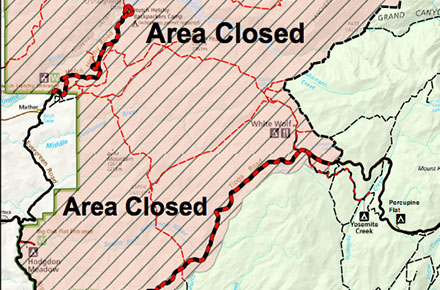
Rim Fire and Road Closure Update
To date the fire has cost an estimated $102 million, destroyed 11 residences, 3 businesses, 97 outbuildings and continues to threaten over 1200 structures.
-
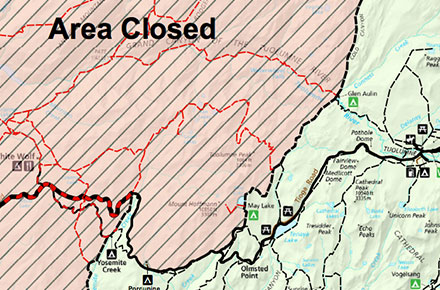
Rim Fire Burning Towards Tioga Road
The fire is continuing to burn towards the Tioga Road which is now closed to support fire suppression efforts.
-
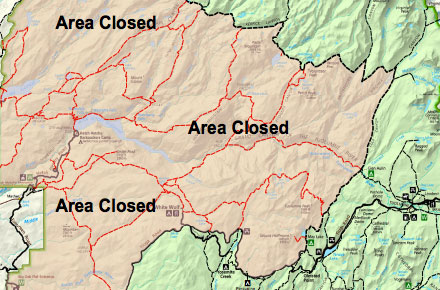
Rim Fire Closures in Yosemite
The Rim Fire has made it’s way well into Yosemite National Park and is burning in the north west side of the park and the areas adjacent to Hetch Hetchy. Currently a number of closures are in place for public safety and to allow fire crews to actively fight the fire and prepare defenses around…
-
Rim Fire Now Threatening Groveland, Cherry Lake, Lake Eleanor areas
The Rim Fire has burned over 60,000 acres and is continuing to burn unchecked. Last reports have the fire again spreading north, this time toward Cherry Lake and Lake Eleanor. More of our friends in Groveland have been evacuated as the fire moves west toward Pine Mountain Lake.
-
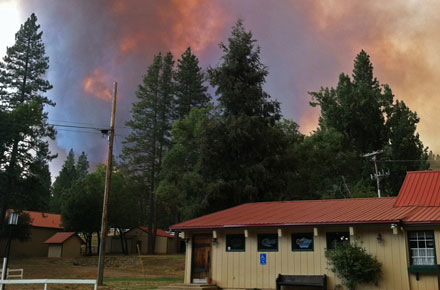
Fire Closes Highway 120, North Entrance of Yosemite
A wildfire, which was discovered Saturday afternoon, has closed the Highway 120 north entrance of Yosemite and has caused the evacuation of park guests, area residents, business owners and national forest service personnel along the Highway 120 corridor.
-
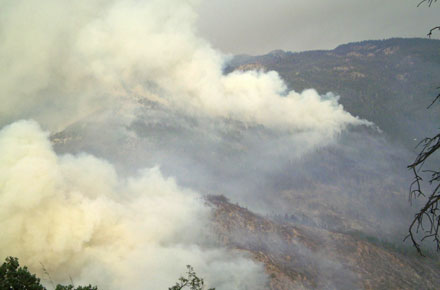
Aspen Fire Leaving Cloud of Smoke Over California
If you drove to Yosemite in the last couple of days or anywhere in Central California or the Sierra you’ve no doubt noticed the thick, smoke-laden, brown air.
-
Fire at Glacier Pt. Gifts
First, my apologies for the long silence. I spilled some water on my keyboard, and I’m having issues with several letters not functioning at all, or wonkily. I’m relying on the keyboard viewer to type this. Now to the news; There was a fire at Glacier Pt. Gift store this morning. No one was…
-
First prescribed fire of 2012 to be ignited tomorrow conditions permitting
It’s been a relatively dry winter but conditions are finally right to begin prescribed burns around the park.
-
Prescribed Fire May Make Smokey Conditions in Wawona Area
Hold your breath! There’s a prescribed burn taking place in Wawona this week!